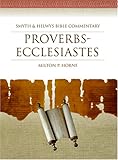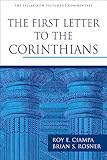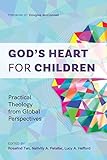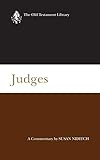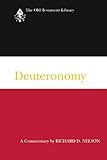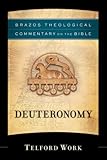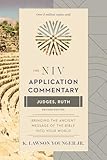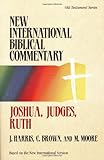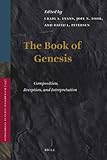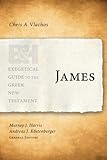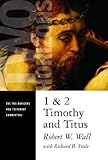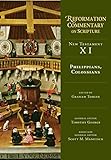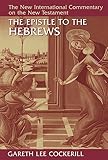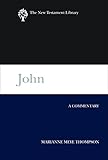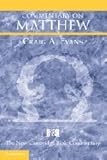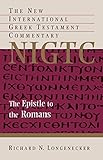Incessancy of Religious Violence in Northern Nigeria1980-2020:A Study on the Ministry to the Victims in ECWAKatsina District Church Council.
Kaladdi, Danjuma Danmallam
Incessancy of Religious Violence in Northern Nigeria1980-2020:A Study on the Ministry to the Victims in ECWAKatsina District Church Council. - Johannesburg South African Theological Seminary May 2020 - 247p PDF A4 Abstract, TOC
This research regarding, ‘Incessancy of Religious Violence in Northern Nigeria1980-2020: A Study on the Ministry to the Victims in ECWA Katsina District Church Council’, discusses the incessant religious violence that has become a major problem confronting churches in northern Nigeria. Religious violence has revolved mainly around the activities and relationships between Christians and Muslims. This violence has increased in number, frequency and intensity, resulting in loss of lives, destruction of property, fears, suspicion, distrust, displacement of people, and constituting a major hindrance to the development of the nation and of the church. And although Nigeria never engaged in warfare to gain independence, nothing has so heinously threatened its process of nationhood like the violence which has characterized post-independence Nigeria. This violence has led to the expression of disappointment by well-meaning people within and outside Nigeria; that caused the researcher to deeply study the root and causes of this violence. The purpose of this study therefore is to examine the phenomenon of religious violence in northern Nigeria with special focus on ECWA churches in Katsina district. The study outlines the general background of religious violence in Nigeria, discusses its origin, and highlights the key concepts used in the research. The researcher considered the nature, and causes of religious violence in Nigeria, and highlights some of its impact on the development of the nation and of the church. To accomplish this study, research was conducted through literature reviews to find out the historical background of the topic: Library and Archives were consulted for data collection, and internet was also equally a great source of information for the study. The researcher has contributed new data to the fund of general knowledge in northern Nigeria regarding the incessant religious violence. For the purpose of data collection, the researcher consulted some individuals through oral interviews, in order to get vital information that could not be found in the literature.
Incessancy of Religious Violence in Northern Nigeria1980-2020:A Study on the Ministry to the Victims in ECWAKatsina District Church Council. - Johannesburg South African Theological Seminary May 2020 - 247p PDF A4 Abstract, TOC
This research regarding, ‘Incessancy of Religious Violence in Northern Nigeria1980-2020: A Study on the Ministry to the Victims in ECWA Katsina District Church Council’, discusses the incessant religious violence that has become a major problem confronting churches in northern Nigeria. Religious violence has revolved mainly around the activities and relationships between Christians and Muslims. This violence has increased in number, frequency and intensity, resulting in loss of lives, destruction of property, fears, suspicion, distrust, displacement of people, and constituting a major hindrance to the development of the nation and of the church. And although Nigeria never engaged in warfare to gain independence, nothing has so heinously threatened its process of nationhood like the violence which has characterized post-independence Nigeria. This violence has led to the expression of disappointment by well-meaning people within and outside Nigeria; that caused the researcher to deeply study the root and causes of this violence. The purpose of this study therefore is to examine the phenomenon of religious violence in northern Nigeria with special focus on ECWA churches in Katsina district. The study outlines the general background of religious violence in Nigeria, discusses its origin, and highlights the key concepts used in the research. The researcher considered the nature, and causes of religious violence in Nigeria, and highlights some of its impact on the development of the nation and of the church. To accomplish this study, research was conducted through literature reviews to find out the historical background of the topic: Library and Archives were consulted for data collection, and internet was also equally a great source of information for the study. The researcher has contributed new data to the fund of general knowledge in northern Nigeria regarding the incessant religious violence. For the purpose of data collection, the researcher consulted some individuals through oral interviews, in order to get vital information that could not be found in the literature.

